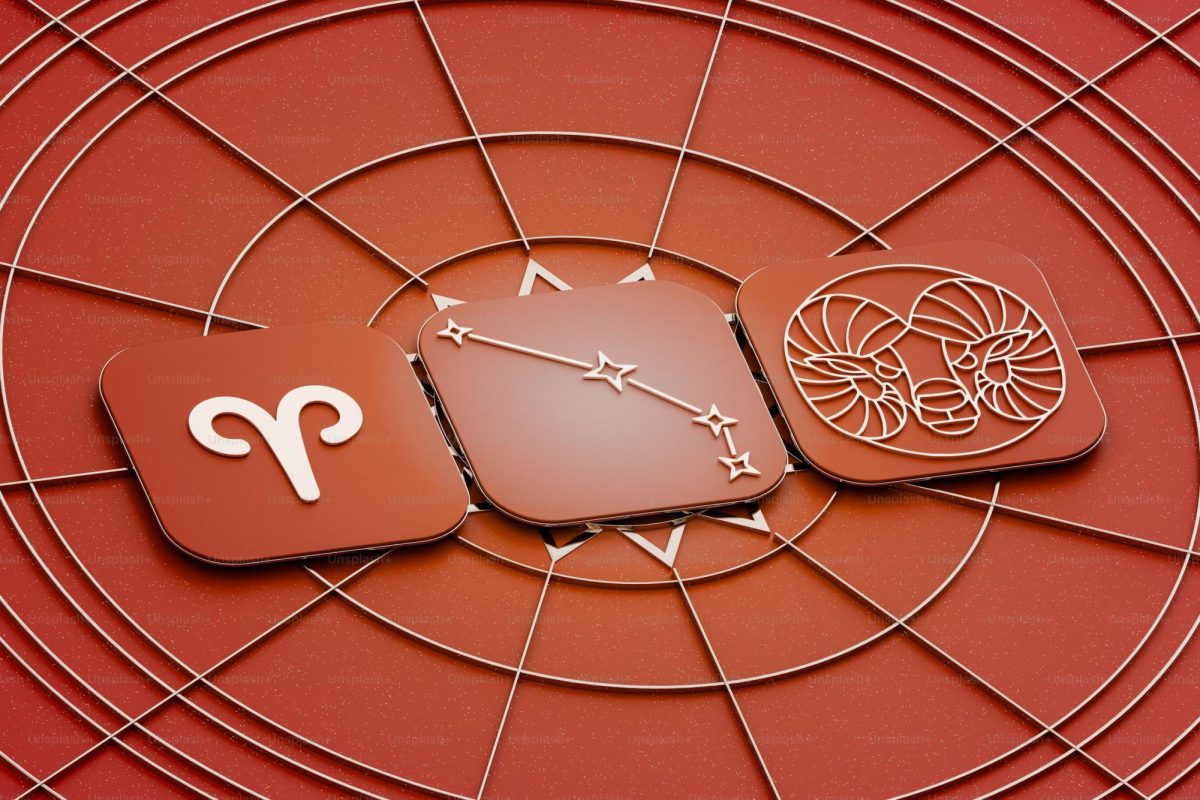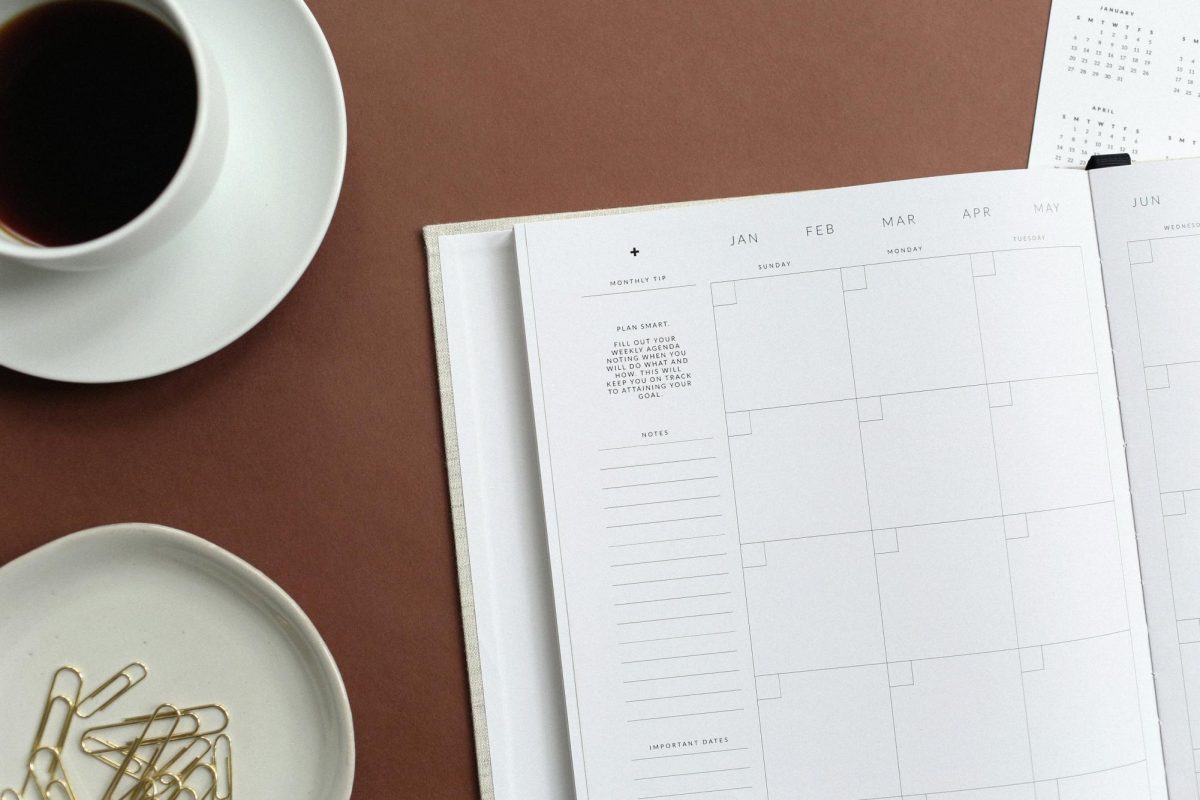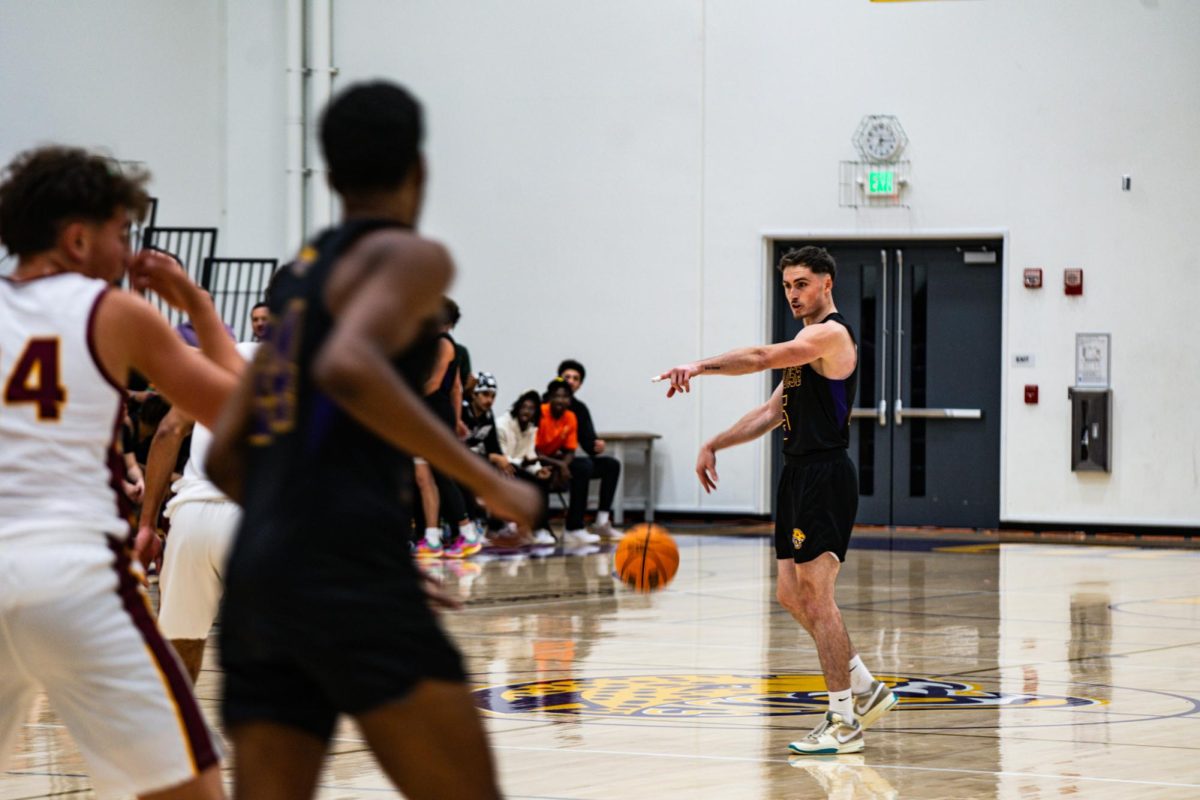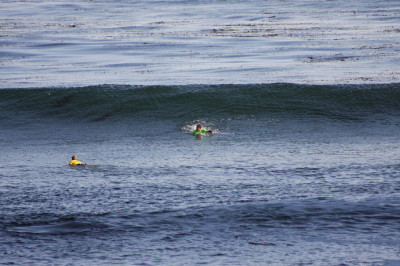
Standing on a surf board would be very easy if it were the same as when you were a child and you walked the curb line and avoided falling into the gutter, or you stood on a two inch by four inch board that was stationary and required just a little balance.
However, if you place that same two by four board on an undulating, swirling, twisting, rolling uneven body of moving water which required you to maneuver the board’s direction, students would find it more difficult.
To surf students have to evaluate the timing of the waves building behind you and then execute a push up-combination burpee, which is done by extending the arms fully, legs crunched up, knees against your chest, and leap to a standing position while transferring your weight to balance the surf board on the uneven fast moving surface of the wave.
All of this is done so that you do not fall into the water.
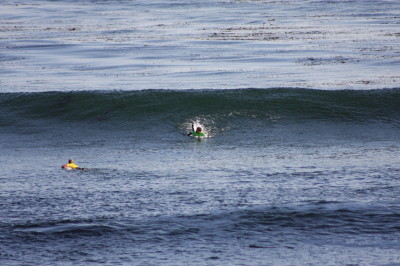
Practice on the land first. Remove your fins to avoid damage or dig the sand down and create a hole so that no pressure is on the fins. Lay the board on the sand and then lay on the board. Perform a basic push-up burpee quickly and complete it to a standing position.
Once your arms are at full extension, (a burpee) pull both knees toward your stomach and hop to your feet. Do this exercise 10 minutes a day for at least a five days to program your subconscious to be ready for what you will do in the water.
This conditioning will become a regular exercise that will be a routine. Whether you stand with your right foot or left foot forward will establish your membership into a long-standing rivalry between regular foot and goofy foot surfers.
Most surfers stand with the left foot forward. Most surfers begin surfing on waves the break to the right. There are more surf breaks for the right than for the left. If you have your right foot forward it is called “goofy footed.” In time it will not affect your balance or performance.
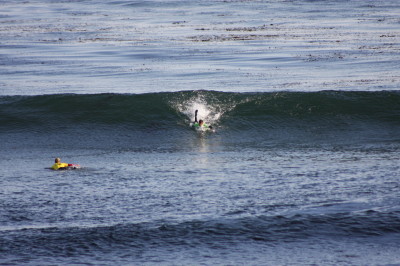
Go to a beach where there are few people, combined with small surf. Time to learn how to paddle your surfboard. Students want to begin where the surf is about one to two feet high. You are going to lay on the board and begin to paddle.
It sounds simple until you recall the waves are moving, changing direction and moving vertical and horizontal at the same time. It is best to enter the water during a flat tide period when there is almost no waves. You just want to paddle and paddle more. After about five minutes you will think that your arms are about to fall off.
You will want to do this for a period of time daily and often so that you can easily paddle for 15 minutes at a time without stress and absent of fatigue. Land practice is now over, get in the water and have a great time.
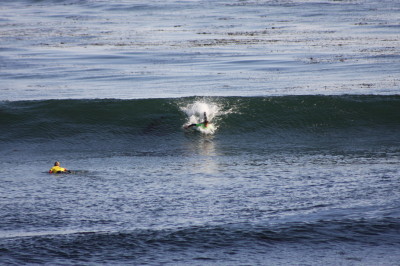
Step one in learning how to paddle is to walk out in the water until you are waist high in the water to about half way to your chest.
Lay on the body of the board and then control your weight so that you are centered on the board. It is important to begin with your head at least 75 percent toward the front of the board. You do not want to lean back or to cause the front of the board to porpoise upward and out of the water.
Your chest can be above the center point of the board. Once you feel stable, lean forward and let your board’s nose and tail level out. Now you’re ready to get moving. Alternately paddle your arms with cupped hands. The more resistance you feel, the faster you will go. As you hit bumpy water or chop, lift your chest slightly and lessen your weight on the board so the nose and rails do not go under the water’s surface.
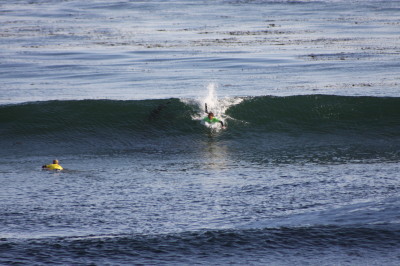
Students will be entering the water, mounting the boards and then paddling to get to where the waves are forming. Students will be balancing their body weight, shifting to their right and left sides (feel the motion of the water), head up to see where they are going, and kicking their legs all while they paddle their surfboard out to the lineup.
The line-up is where surfers get in a position to catch the wave. Then watch the timing of the other surfers. They will be your coach, you are there, next to a person who caught the wave. Watch and then duplicate the process.
Remember that you want to keep a distance of about 15 feet between you and another surfer. Give them room to move and be courteous. Now take your turn and really go for it. Paddle, paddle, push-up burpee, stand up and feel your feet connected to the board.
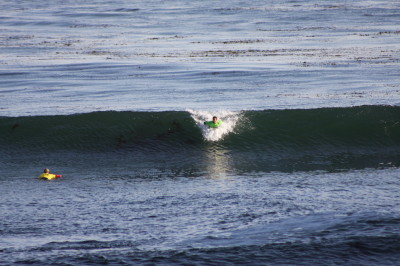
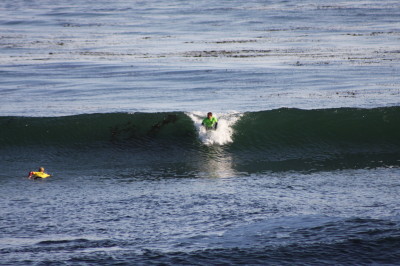
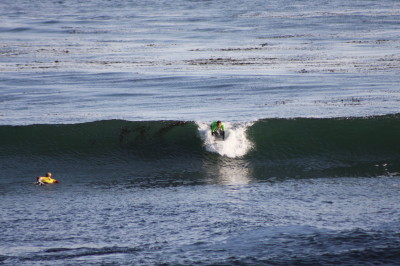
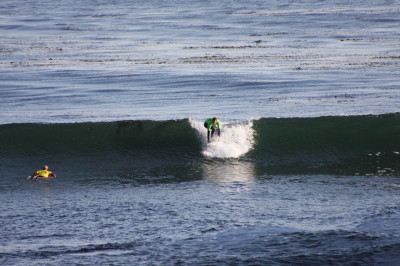

Move to be comfortable and shift your weight to create the direction that you desire to go. You can make directional choices and the results will teach you if you made a good choice.
As in any sport coaching is a benefit and well worth the time and money that you will invest in you. Surfing can be done for a lifetime and the physical conditioning will be beneficial to students as well.
Students quickly learn to think on their feet and to become proactive versus reactionary in how they formulate decisions. Decisions are made quickly as the ocean will not pause to extend the time to think.




